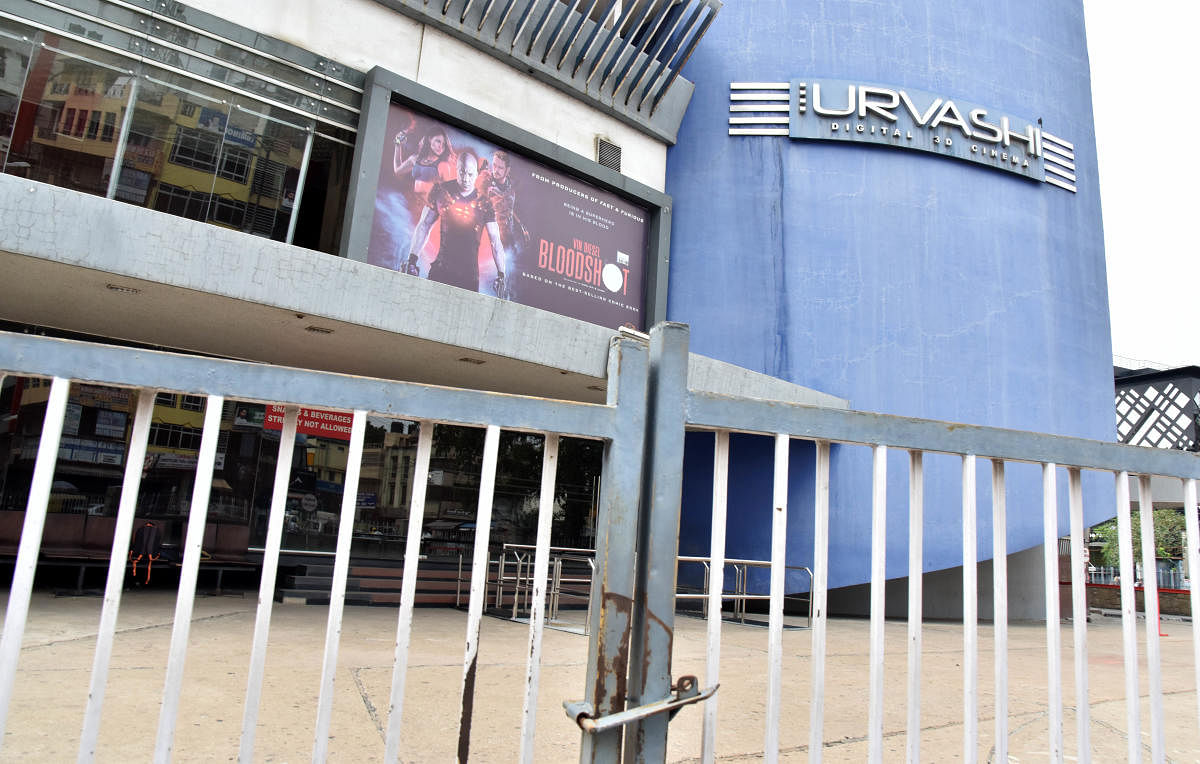
With an eye on the upcoming polls, chief minister Basavaraj Bommai has walked a tightrope by pleasing all communities, and sectors, including the Kannada film industry, in his recently presented 'all inclusive' budget.
Though the Karnataka Film Chamber of Commerce (KFCC) — the umbrella body of Kannada cinema, demanded an increase of 50 films for subsidy, Bommai was benevolent enough to increase the number from the present 125 to 175 for the 2022-23.
The Kannada Film Producers Association (KFPA) has welcomed the government’s decision. However, some learned members of the KFCC opine that “it is a boon for “future” of Kannada cinema. That said, it will not help Kannada films which suffered huge losses because of the pandemic.” The industry doesn’t have 200 films to avail subsidy, as production of films was hit in the last two years, they say.
According to a senior film producer, over 400 films have been produced between 2018 and 2021. Thanks to Covid-19, many theatres closed and several films didn’t hit the screens. Had the government announced the increase in the number of films for subsidy with retrospective effect, producers would have heaved a sigh of relief.
“The industry is in crisis. So the government’s decision won’t help as it is applicable only for the films made in 2022-23”, says K V Chandrashekar, former president, KFCC.
Interestingly, the government has yet to pay subsidies for films since 2017. “Hundreds of filmmakers have been kept waiting for the past five years”, says senior filmmaker and writer, N S Shankar.
Subsidies must always help an ailing film industry. But, the link between the intent and the actual results deserves scrutiny.
“The subsidy policy, which was envisaged in the state in the 60s for promoting films with good quality, besides having aesthetic, artistically and socially relevant content, has lost its meaning altogether. In recent years, vested interests are defeating its basic purpose,” says filmmaker and producer Umesh Banakar.
In 2012, reports said a member of the Karnataka Film Subsidy Committee accepted a bribe of Rs.2.5 lakh from a director to get a subsidy for his film. The then chief minister Sadananda Gowda handed over the issue to the investigative agency.
A producer went to court in 2018, questioning the selection of films for subsidy. The court withheld the subsidy given to the controversial film and asked the government to release the subsidy for other films. But the government is yet to act on this order.
A Comptroller and Auditor General (CAG) report pointed out that the Karnataka government spent Rs.34.90-crore in a span of four years (2013-16) to give subsidies to 349 films but nearly half (130) of these films never saw the light of the day.
Citing this, a renowned Kannada filmmaker, on condition of anonymity, says some middlemen promise approval from the selection panel on commission basis. Guidelines framed for the selection of films are vague as any filmmaker can claim 'his film is different with a good message'.
The Department of Information and Public Relations got a whiff of how filmmakers were earning subsidies through dubious means in 2019. The government issued an order to plug the loopholes. The order was withdrawn because of the pressure from those ‘powerful’ in the film industry.
Films screened in competitive and non-competitive categories of any International Film Festival get subsidy without entering the selection process. Interestingly, not less than 20 Kannada films were screened in a ‘major’ International Film Festival and passed the eligibility test of availing Rs.18.75-lakh subsidy. A KFCC office bearer, on condition of anonymity, says, to get films screened in an “insignificant” International Film Festival and avail subsidy, filmmakers are paying commission.
N S Shankar, who was part of the subsidy committee in 2006, says that “it is time for the government to reframe the guidelines for selecting films. It is better to take a leaf out of the neighbouring Maharashtra government, which helps genuine filmmakers. Increasing the number of films for subsidy will not help Kannada cinema. The government was offering subsidies to only 30 films in early 2000. The committee would eventually select only 26 quality films,” he recalled.
(The writer is a Bengaluru-based senior film critic).